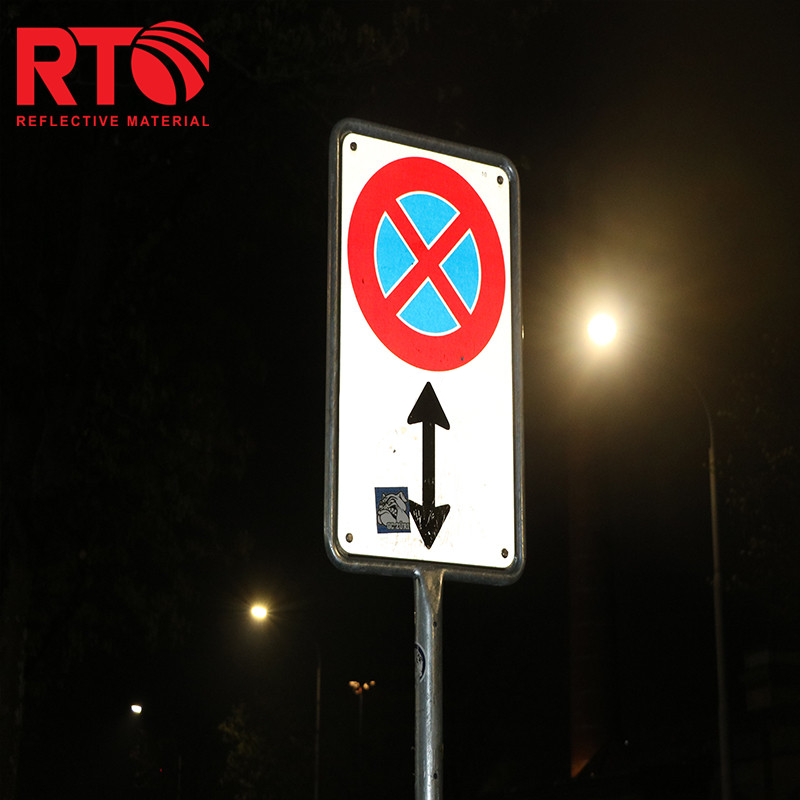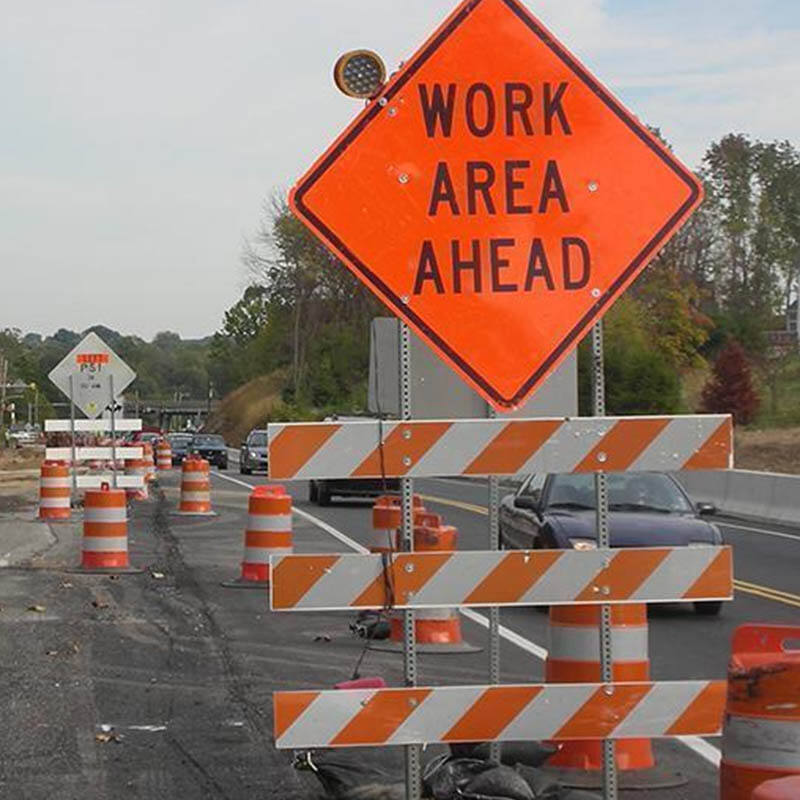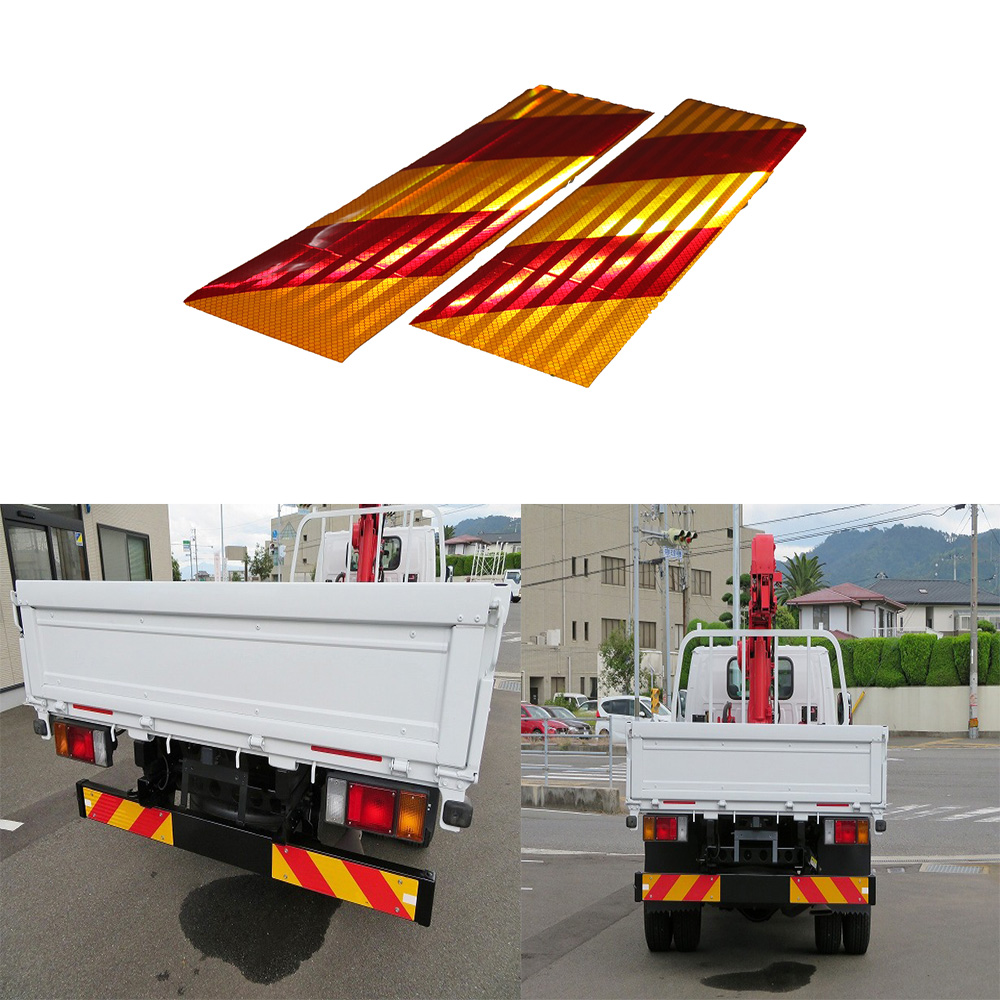How Can Advanced Materials Transform Traffic Signage?
How Advanced Materials Improve Traffic Signage Performance
Retroreflective Technologies for Maximum Visibility
Retroreflective technologies play a crucial role in enhancing visibility, particularly in traffic signage. These materials are engineered to redirect light back towards its source, making signs highly visible even in low-light conditions. This property is especially beneficial for nighttime visibility, as it allows drivers to see signs from a greater distance. According to a report by the National Highway Traffic Safety Administration, areas equipped with retroreflective signage have experienced a notable reduction in accidents. Retroreflective materials include glass beads and microprismatic technologies, both of which are highly effective. Glass beads reflect light using tiny spheres, while microprismatic materials use geometric shapes to achieve the same effect with even greater brightness.
Weather-Resistant Composite Materials
Traffic signage must withstand a variety of weather conditions that can lead to fading, rust, and deterioration. Modern composite materials tackle these challenges by offering durability against UV rays, moisture, and temperature fluctuations. These advanced materials significantly outlast traditional options, boasting a lifespan several times longer. For instance, composite signage in regions prone to extreme weather conditions has shown remarkable resilience. Case studies highlight improvements in sign longevity and performance, showcasing their ability to maintain high visibility standards despite harsh environmental factors. These weather-resistant materials not only enhance traffic safety but also reduce maintenance costs over time.
Photoluminescent Solutions for Low-Light Conditions
Photoluminescent materials provide a sustainable solution for low-light environments by absorbing ambient light and releasing it in the dark. This technology surpasses traditional reflective materials, particularly in settings with little to no external light sources. Studies have demonstrated the enhanced visibility photoluminescent signage provides, highlighting its effectiveness in improving safety. These materials are now widely used in areas such as underground tunnels and remote highways. The ability to function without a constant light source makes them an economical and reliable choice for low-light signage, ensuring critical information remains visible under all lighting conditions.
Cutting-Edge Reflective Products Transforming Road Safety
Diamond Grade Self-Adhesive HIP Reflective Sheeting
Diamond Grade Self-Adhesive HIP Reflective Sheeting is crafted using PMMA material and showcases superior reflective properties crucial for road safety. This high-intensity sheeting is available in a variety of colors such as white, red, and yellow, enhancing its adaptability across different signage needs. Its self-adhesive feature simplifies installation and boosts durability, ensuring long-lasting performance in various environments. In real-world applications, usage of Diamond Grade sheeting has led to significant road safety improvements, as seen in various regions where it was deployed. Compared to standard sheeting solutions, Diamond Grade sheeting delivers enhanced visibility due to its technologically advanced composition.
Commercial-Grade Reflective Vinyl for Urban Roads
Urban roads demand high visibility in bustling environments, where efficacy of signage is paramount to avoiding accidents. Commercial-grade reflective vinyl is designed specifically for these high-traffic areas, offering exceptional brightness and enduring quality. Composed of durable materials like PVC and PET, this vinyl measures 1.24m x 45.7m and promises consistent performance regardless of weather challenges. Statistics illustrate a reduction in urban traffic accidents following the implementation of reflective vinyl in signage, affirming its value. Planners and urban developers often report on the transformative impact of these products, which contribute significantly to safer cityscapes.
Honeycomb Reflective Warning Flags for Trucks
Honeycomb reflective warning flags are essential for enhancing visibility and safety for trucks, particularly in poor lighting conditions. These flags utilize a micro-prismatic and glass beads construction that maximizes reflectivity, serving as critical markers for large vehicles. Evidence from recent studies underscores their effectiveness in reducing truck-related accidents, especially in construction zones and heavy transport routes. Regulatory standards and approvals further bolster their reliability, ensuring compliance with safety mandates. By meeting these rigorous standards, honeycomb flags play an influential role in elevating truck and road safety to new heights.
Heavy-Duty Chevron Safety Stickers
Heavy-duty chevron safety stickers are pivotal for demarcating trucks and roadwork vehicles, enhancing visibility and safety. These stickers, constructed from durable materials such as PET and acrylic, provide superior water and weather resistance, which is crucial for consistent performance in various conditions. Research indicates a positive impact on driver awareness and safety with the use of these stickers, underscoring their importance. Furthermore, these stickers often meet specific environmental standards, reflecting a commitment to sustainability alongside their primary role of enhancing road safety.
Sustainability Advantages of Modern Signage Materials
10-Year Durability in Harsh Environments
Today's modern signage materials are engineered to endure the most challenging conditions for extended periods. These materials exhibit extraordinary durability, ensuring that signage remains intact and legible in harsh weather, thus reducing the frequency of replacements. This durability translates directly into reduced waste and environmental impact, as the longer lifespan of the products means fewer resources are used over time. Comparative analyses highlight that modern signage materials outlast traditional ones significantly. For instance, in industries like transportation and municipal services, adopting long-lasting signage contributes to both sustainability and cost-effectiveness by minimizing the need for frequent updates and repairs.
Eco-Friendly Manufacturing Processes
Manufacturers are increasingly embracing eco-friendly processes in the production of signage materials. These processes often incorporate recycled components, significantly lowering the carbon footprint of production. Leading companies have reported notable reductions in emissions and resource consumption by adhering to these sustainable practices. The industry trend is moving towards meeting consumer preferences for green materials. Companies pioneering in eco-friendly manufacturing capture growing market interest, thus encouraging further development and adoption of sustainable materials. As awareness of environmental issues rises, the demand for such products continues to increase, driving innovation and market growth toward more sustainable options.
Future Innovations in Smart Traffic Signage
Solar-Activated Glow-in-the-Dark Systems
Solar-activated glow-in-the-dark systems are poised to revolutionize traffic signage with their energy efficiency and eco-friendly design. These systems harness solar energy to power luminance, reducing dependence on electrical sources. This not only decreases energy expenditure but also supports sustainable infrastructure development. For instance, cities like Copenhagen have successfully implemented these systems along bike paths, receiving positive feedback from users. The implementation of such signs results in significant cost savings for municipalities by cutting down electricity costs and maintenance needs. This innovation promises an eco-friendly advancement in managing urban traffic systems, paving the way for smart, sustainable cities.
IoT-Enabled Adaptive Reflective Surfaces
IoT-enabled adaptive reflective surfaces represent a leap forward in traffic signage technology, making roads safer and more intelligent. These surfaces utilize Internet of Things (IoT) technology to adjust reflectivity based on environmental conditions, enhancing visibility and communication on the roads. Pilot programs have demonstrated their effectiveness in reducing accidents by dynamically altering reflection intensity under varying weather conditions. For example, trials have shown a 30% reduction in nighttime accidents. The future implications of IoT in traffic management are promising, as it could lead to more refined control of traffic flow and optimized road safety. As IoT technology evolves, these adaptive surfaces are expected to play a crucial role in the future of smart traffic signage, integrating connectivity and intelligence into everyday infrastructure.

 EN
EN










































 ONLINE
ONLINE